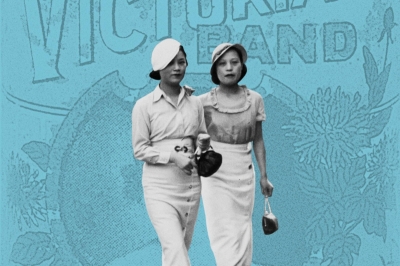World Cup fever may have taken over the Japanese media, but the bookstores are full of books on language and education. The sales of books for learning English are perhaps connected to spring and its association in Japan with the beginning of the academic year and the hiring of new employees by the corporate world. A fun-to-read grammar book, "Big Fat Cat no sekai ichi kantan na eigo no hon" (Big Fat Cat's World's Easiest English Book) has sold over 1.5 million copies, while a book on keeping a diary in English and a colloquial phrase book from Pia, "Bera Bera Book," have also become best sellers.
The recent celebrity of Takashi Saito, an associate professor of education at Meiji University, and the popularity of his books on Japanese, however, would seem to be part of the wider concern in Japan now with the proper education of children, as seen in the history-textbook controversy last year, debate over university education and protests over the introduction of "yutori kyoiku" ("education with latitude") in the public schools this spring. Such education-related titles include "Todaisei wa baka ni natta ka" (Have Todai Students Become Dumber?), "Diagaku kaikaku" (University Reform), "Kyoiku kaikaku no genso" (The Fantasy of Education Reform), "Yutori kyoiku ga kuni o horobosu" ("Yutori" Education Will Ruin the Country), and "Gakuryoku ga abunai" (Academic Ability at Risk).
Saito's collection of short reading passages from Japanese classics, "Koe ni dashite yomitai nihongo" (Japanese You'll Want to Read Aloud), has become a million-seller; after its success he published his own Japanese-language textbook, "Riso no kokugo kyokasho" (Ideal Textbook of Japanese), and a book detailing the reading method he teaches in his own juku, "Sanshoku ball pen de yomu nihongo" (Reading Japanese With a Three-Color Ball-point Pen). The latter involves students reading passages and underlining very important sentences in red, fairly important ones in blue, and interesting ones in green.


















With your current subscription plan you can comment on stories. However, before writing your first comment, please create a display name in the Profile section of your subscriber account page.